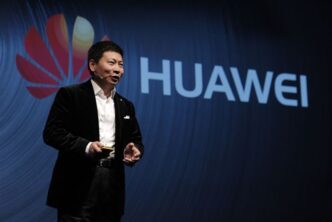If many hands make light work, imagine what a team of AI agents can do. That’s the promise of multi-agent AI orchestration—a rising approach that could redefine how businesses operate, collaborate, and innovate.
Until now, AI tools have largely worked in isolation. Think of the chatbot on an e-commerce site that handles basic customer questions but can’t resolve issues involving inventory or coordinate with logistics. These siloed systems limit potential. They miss out on the magic that happens when information flows across teams and tools.
The Rise of Multi-Agent AI Orchestration
Enter multi-agent AI systems: a new way of working where several AI agents communicate and collaborate to get things done. It’s like running a business where each agent is a specialist—handling finance, customer service, logistics, or sales—yet all working as a connected team.
With the latest breakthroughs in large language models and tools like DeepSeek, businesses can now create AI frameworks that are more efficient, scalable, and cost-effective than ever before.
Picture a smart factory. One AI agent forecasts demand, another orders supplies, and a third schedules maintenance before problems arise. Together, they keep operations smooth without human intervention. Now, scale that across banking, healthcare, retail, or any industry—this is the future AI is bringing to life.
From Theory to Transformation
This shift isn’t just theoretical. Companies like Gilead Sciences are already integrating multi-agent AI into core operations. By automating repetitive tasks and improving communication across departments, they’re freeing up teams to focus on what truly matters—delivering life-saving treatments, for example.
Once fully rolled out, Gilead’s system will support global IT, finance, and HR—powered by AI agents talking to one another in real time. This kind of orchestration makes organizations more agile and responsive, laying the foundation for faster decision-making and smarter operations.
Why Leaders Should Act Now
Three strategies can help business leaders unlock the full value of multi-agent AI:
1. Boost Efficiency with AI Collaboration
When AI agents collaborate, they can solve complex problems faster. In manufacturing, for instance, agents can track market trends, manage supply chains, and flag maintenance needs before disruptions occur. This reduces downtime, slashes costs, and keeps production moving—all without human micromanagement.
2. Break Down Department Silos
AI can help departments share data and work together more smoothly. In banking, one agent might handle customer service while another processes transactions—both sharing information seamlessly. This results in fewer delays, better experiences, and more productive teams.
3. Customize AI to Your Business
There’s no universal AI blueprint. A retail company might use agents for product recommendations and inventory checks, while a hospital may rely on them for scheduling and diagnostics. Leaders should align AI systems with their specific goals, working closely with both technical and industry experts to get it right.
Looking Ahead
Multi-agent AI systems are more than a tech trend—they’re becoming a business necessity. Companies that adopt these tools early will streamline operations, gain competitive advantages, and deliver better outcomes for their customers.
The message is clear: the future of business is collaborative, and it’s powered by AI agents working together. Organizations that embrace this shift will lead the next wave of innovation. Those that don’t? They’ll risk falling behind.












